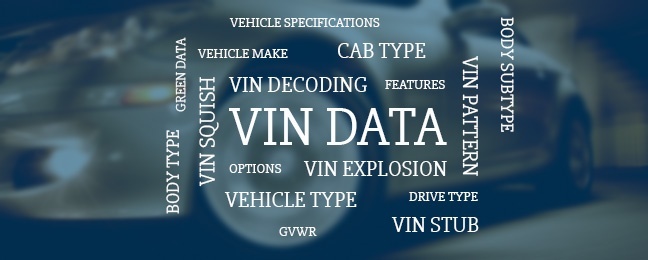Vin Identification Decoder For Specifications

Vin Identification Decoder For Specifications Free
Guide to Vehicle Identification Numbers A VIN is basically a formulaic serial number for a specific vehicle. Every vehicle manufactured is assigned a unique Vehicle Identification Numbers made up of seventeen digits and letters. Before 1981, they were not subject to any standardization, and every manufacturer had their own system of letters and numbers they put on their cars. Vehicle Identification Numbers History In 1981, the National Highway Traffic Safety Administration (NHTSA) standardized the format, requiring all vehicle manufacturers to adopt the 17-character system, based on ISO 3779:2009.
17 Digit Ford Vin Decoder
The policy prohibits the use of the letters (i), (o) and (q) to avoid any confusion. Different countries, however, use different standards (one of four accepted) to identify their vehicles. There is a world identifier list that you can use when an international. How to Decode a VIN The numbers and letters that make up the Vehicle Identification Numbers are not random. Much like your driver’s license number, they tell a story. The story is who made the car, the make model and engine type and where the car was built.